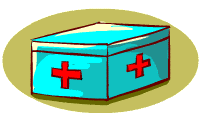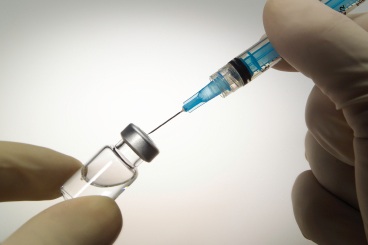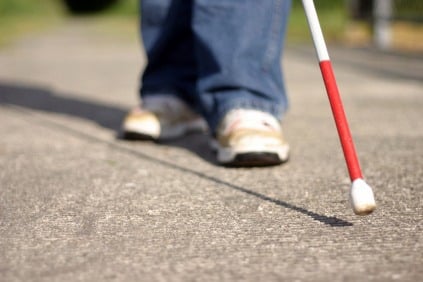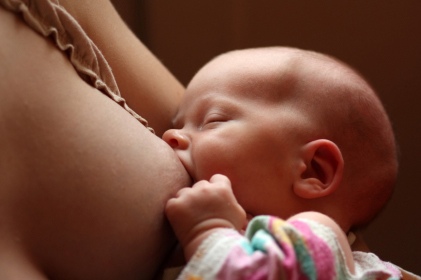Your child has just hurt himself and you cannot find the antiseptic cream. You go about hunting for it as your son keeps crying. Sounds familiar?
The best way to avoid such a situation and also to make sure that anyone left temporarily in charge knows where to find them is to keep all your first aid items together – preferrably a lockable cabinet.

First Aid Supplies []
- A box of adhesive dressing of assorted sizes. These should be used to cover small wounds and for concealing blood from a scared child until he has forgotten his fright.
- Bandages of different sizes. These are not only useful to wrap around an injury, when you are on the way to the doctor, they can also be used to hold a cold compress in place over a bruised area.
- A packet of sterile gauze. It is useful for cleaning dirty grazes and for cleaning dirt out of the eyes.
- Sterile non-stick dressings which will be useful for wounds too large to be covered by adhesive plasters.
- A roll of adhesive to hold non-stick dressings in place or to keep a bandage together. Remember never put adhesive all the way round an arm, leg or finger. It could hinder circulation.
- A large, freshly laundered, ironed (and therefore sterile) handkerchief in a sealed plastic bag. This is for emergencies to cover a serious wound before taking your child to the hospital.
- A bottle of plaster remover. This is more convenient and painless way of removing adhesive dressings, especially from hairy areas, rather than soaking the dressing with water.
- A pair of scissors for cutting gauze and bandages.
- An insect sting reliever spray.
- Calamine lotion for cooling sunburn, heat rash or nettle rash.
- A clinical thermometer.
- A pair of square-ended tweezers and a packet of needles for getting thorns and splinters out. A pack of matches to sterilise them.
- A pain and fever reducer like paracetamol — in the liquid form for babies and toddlers, and tablets for bigger children.
- An antiseptic liquid for your own hands.
Some useful tips:
- Don’t stock laxatives unless you use them. You child should never need them.
- Don’t keep eye ointments and nose drops in stock. Buy and use them when they are prescribed and throw away whatever is left.
- Don’t bother to keep cough syrups either. They are ineffective, although soothing. Give expectorants or codeine-containing cough medicines only on your doctor’s advice.
- Don’t keep antibiotic medicines prescribed for one illness to use in another. And there is no reason for youto have leftover antibiotics since a course if effective only when completed. Besides, most antibiotics lose their efficacy with storage and none should be given without a doctor’s instructions.










